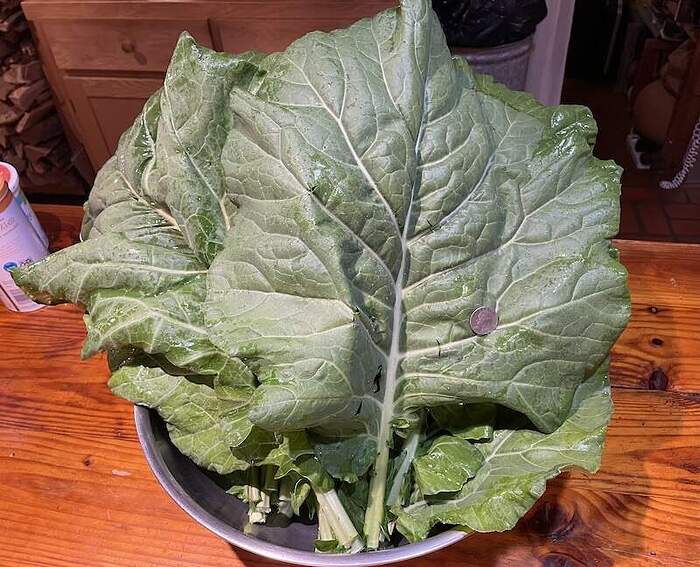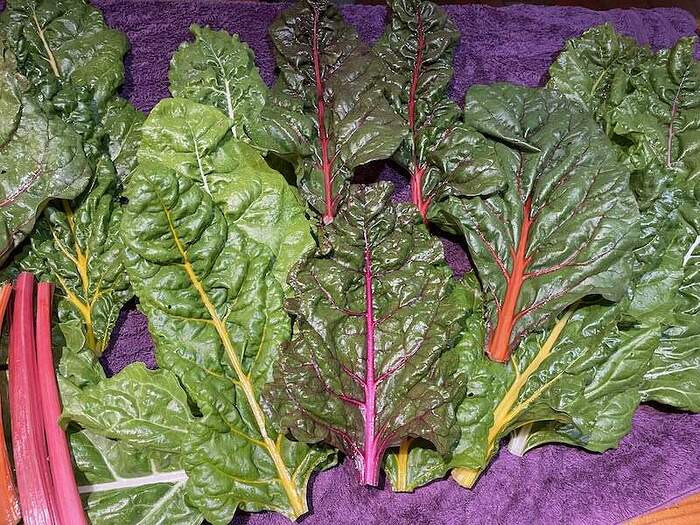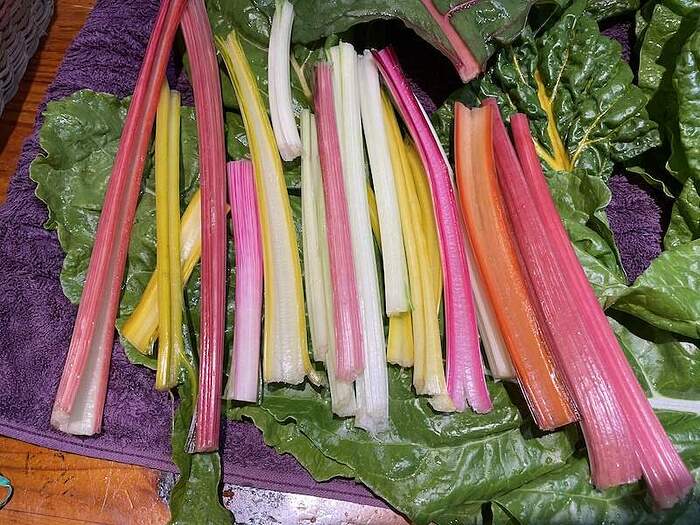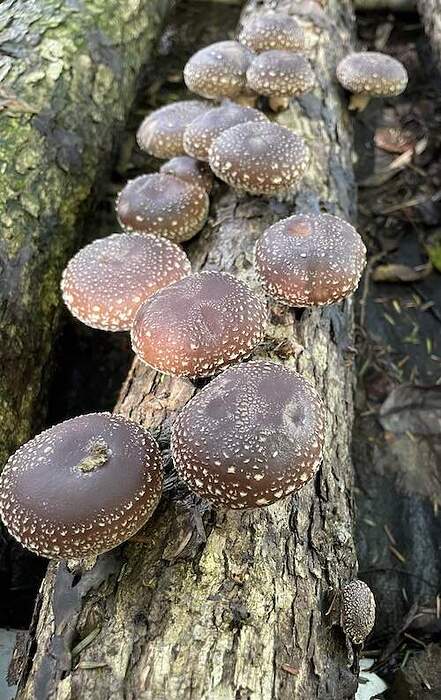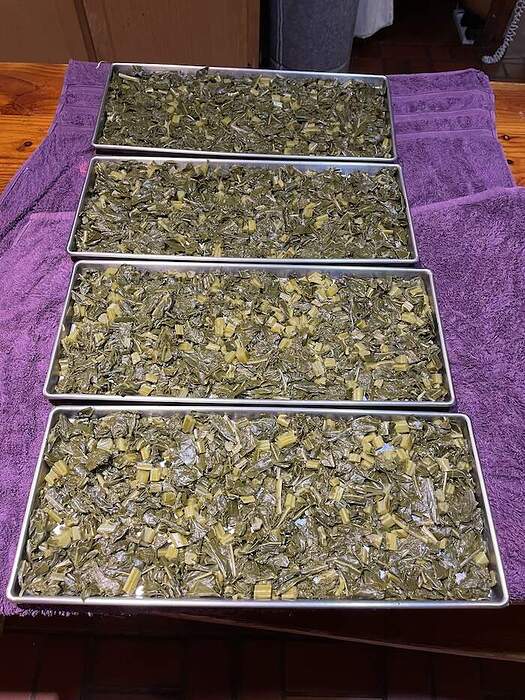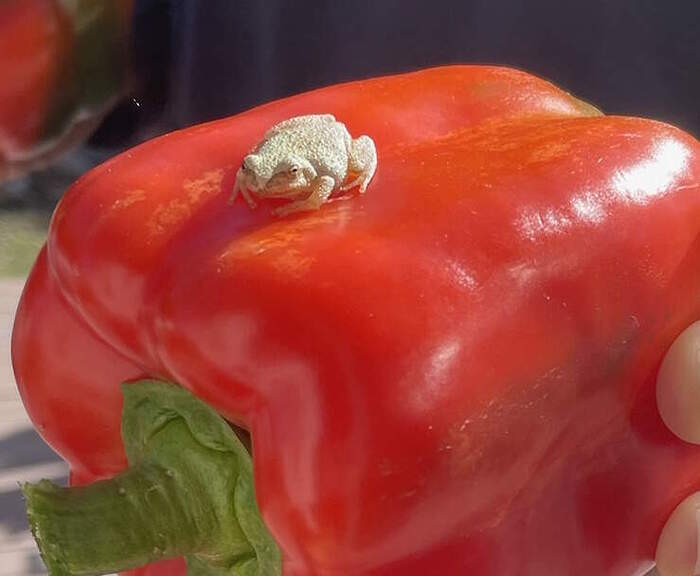That’s interesting, I’ve always put them on the window sill. I’ll find another spot for them. Thanks.
those are pretty !
I didn’t know that, either.
An embarrassment of riches! What kind of squash are those at 2 o’clock?
Thank you!
They are Delicata squash. I will check my seeds to double check the exact variety. I have 2 different types of Delicata squash seeds.
Yes, I’ve noticed that mine are ripening on the vine much faster now that the nights are getting longer. Speaking of which, when do you stop fertilizing your tomatoes? Mine are still flowering and I have quite a few baby fruits forming, but I doubt any fruits starting past this week or maybe next will reach full maturity before first frost (usually first or second week of November). I want to make sure this last flush is well fed, though - the later season ones have been really delicious so far, maybe better than the peak July fruits.
Usually, I stop fertilizing in mid August. However, a lot depends on soil fertility and calcium availability. If you notice pale foliage, a fertilizer containing nitrogen is likely needed. Blossom end rot means calcium is indicated.
A foliar feed of liquid seaweed often improves the flavor of tomatoes. Follow label directions and apply it during mild, not hot, weather. If calcium is needed, apply it during mild, not hot, weather and use a foliar feed. Calcium is going to be very slow to distribute throughout the plant if taken up by the roots this late in the season. Foliar feeds take effect quickly.
Those interested in getting seeds for Er Jing Tiao should email me using my @gmail.com account. Just put rob.botanique in front of the at symbol.
The Sambal Oelek came out great. It’s not very hot, so a good dollop on food isn’t too much. If you prefer more heat, deseed the cores and toss them in, or add a hotter pepper, like serrano.
I have a tiny curry leaf (karipatta) plant that is doing… nothing.
5 branches with leaves, one tiny one coming out the top, nothing has changed in a month. No new leaf growth, not sick or dying, just… nothing.
I’m wondering if it needs to be repotted for more root space.
Anyone have experience / ideas?
Curry leaf likes warm to hot temperatures, though it will tolerate typical household temperatures. They do best with regular fertilizing, especially a high nitrogen type. It’s also important to make sure the plant, like any plant, has a source of calcium. Calcium can be depleted in potted plants, especially ones that have been in the same pot/soil for years. Use a Cal-Mag fertilizer and follow the label directions. Do not combine it with an NPK fertilizer.
These plants tolerate being somewhat pot-bound, as long as they don’t dry out and nutritional needs are met. I’ve got a couple in my windowsill that have been in the same pots for years. I do have to prune them back so they won’t become tall trees. They get Cal-Mag about every three-four weeks.
Thank you!
I read that they like buttermilk every month or so, but when I fed a tbsp diluted in milk I had an ant problem ![]()
Temp is not an issue.
I will look for cal-mag here.
No issues with BER or pale foliage - I fertilized with a higher nitrogen fertilizer early in the season and switched to a 5-26-26 after they started flowering. Last dose was in the first week of Sept. Outside of some leaves yellowing due to age, everything still looks healthy - I just want to make sure this last batch of fruit has enough nutrients to see them through to the finish line!
It sounds like you don’t need to do anything more, except harvest!
We had surprisingly cool days and nights during August, after I set out the plants for fall greens. As a result, the Collards got huge!
Notice the quarter coin for reference. The Bright lights Swiss Chard are so big, I have to cut the stems off to get them in the sink to wash.
The Tuscan kale, aka: dinosaur kale, cavolo nero, laciniato, palm kale, Italian kale (did I miss any names) also is already quite large and gorgeous.
Oddly, September is quite a bit hotter and drier. But, with a lot of careful watering, even the shiitake are doing well.
The dehydrator is getting a workout! So is the freeze dryer.
The collards are slow-cooked with chipotles, chicken stock, black pepper and just a little sugar before draining and put into the freeze drier. The freeze dried Collards, properly packaged, will keep in good condition for over ten years at room temperature.
Between the greens and hot peppers, I’m processing daily and will likely reach my limit with the chilies, a rare event.
Run out of bananas, eh? Those collards are HUGE! One leaf per person, maybe!
Nice! Do you do anything with the stems?
Yes. I cut out/off the stems and they go in the stockpot first. Once they’re mostly tender, the leaves go in. With chard, the stems go into a skillet with toasted garlic, olive oil and a little water to braise. Once softened, the foliage goes in to braise with a bit of balsamic vinegar or lemon juice.
Many cookbooks discard stems, which is a shame since they usually cook up tender if given more time. The exception are the older leaves on the collards; I leave the bottom ones on for the plant to prosper and pick the middle ones, ones that recently got very large.
I went to my garden yesterday to grab a few finally-ripe bell peppers, and found an unexpected friend…
On that note: This is my first year ever growing bell peppers. Are they always ultra slow to ripen? I’m also having issues with some of them where one side will finally ripen and even start to go overripe with a soft spot, while the opposite side is still green. Is there a way to improve that situation?
I suppose they are, but some varieties are probably faster. I don’t grow bells, and I suspect the Italian ones like Corno di toro and Carmen are faster. I think they are easier and give me more peppers, at least in some climates.
Probably depends on climate. In Nor California I have been picking red and yellow Carmen’s and Cornos for about six weeks. The yellow’s from Johnny’s are called Escamillo.
I grew Carmens a couple of years ago. You’re right, they’re way faster, way more productive, and overall way easier. I don’t think of them as quite the same kind of thing as the large bell peppers I’m growing now, Red Knight. Strangely at that link it says that they “ripen early.” I only started harvesting them maybe 10 days ago, but they sustained a bit of wind damage early in the season, and this spring here in New England was rainy and gray. Currently thinking I won’t do larger bells again if it’s usually like this…
